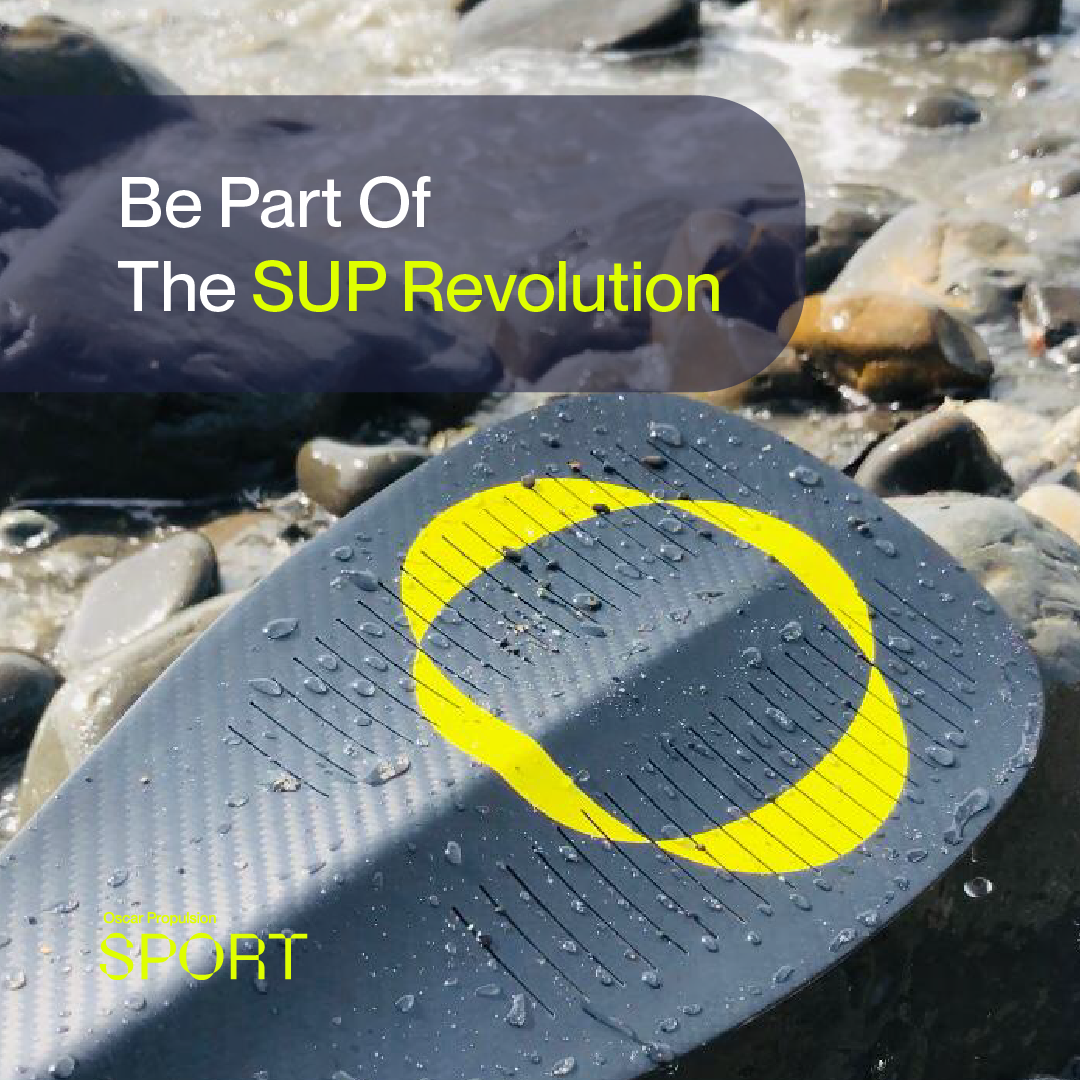Resistance is a broad term that includes all forces opposing movement through water, while drag is specifically the force that acts against the paddle and craft as they move through water.
Resistance encompasses all forces that act against the paddler’s efforts to propel themselves forward, including drag, but also other factors like the water’s viscosity, the paddle’s interaction with the water, and the board moving through the water..
Drag is a specific type of resistance that directly opposes the motion of the paddle and the craft through water. It is the force exerted by water on the paddle blade and the craft as they move through it. Drag can be further divided into components like form drag, skin friction drag, and wave drag.
-
- Form Drag: Caused by the shape and size of the paddle blade and the craft, as these factors determine how much water needs to be displaced and how smoothly water flows around them.
- Skin Friction Drag: Caused by the friction between the water and the surface of the paddle blade and the craft. This is influenced by the texture and material of the surfaces.
- Wave Drag: Created by the energy lost in forming waves (moving water) as the paddle or craft moves through water, particularly at higher speeds.
While resistance is necessary for propulsion, excessive or uncontrolled resistance can be detrimental, leading to inefficiency and fatigue. This is where the optimisation of resistance, or drag reduction, becomes crucial.
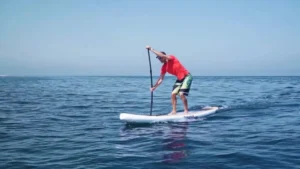
Efficient Use of Energy:
-
- Reduced Drag: By reducing unnecessary drag, paddlers can use their energy more efficiently. This means that more of their effort goes into moving forward rather than overcoming excessive resistance.
- Optimal Resistance: Cut blades are designed to maintain the necessary resistance for propulsion while minimising excess drag, resulting in smoother and more efficient strokes.
Minimising Unproductive Resistance:
-
- Turbulence and Vortices: Traditional solid blades can create turbulent flow and vortices behind the blade, which are forms of unproductive resistance. These do not contribute to forward motion and instead waste energy.
- Cuts in Blades: By incorporating cuts, the blades allow controlled water flow through the blade, reducing the formation of vortices and turbulence, thus minimising unproductive resistance.
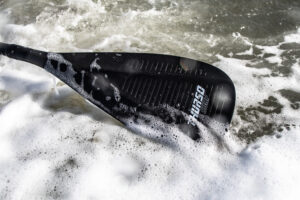
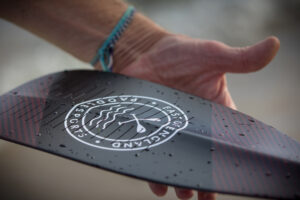
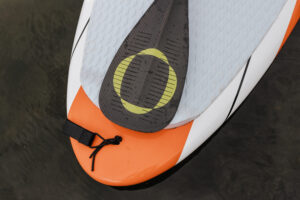
Enhanced Propulsion
-
- Controlled Resistance: The cuts help in controlling the resistance, ensuring that the paddle provides optimal propulsion without excessive drag.
- Driving Force: This controlled resistance maintains the high-pressure difference, generating the necessary driving force efficiently.
Conclusion
Cut blade technology strikes a balance by maintaining necessary resistance for propulsion while reducing excess drag and turbulence. This results in more efficient strokes, enhanced performance, and a more comfortable paddling experience.
In our fourth and final release we will summarise the effects and benefits of the cut blade technology.
Thank you and see you then
If you would like to learn more about the Oscar Propulsion Cut Blade Technology or would like to know where to try or buy one, please email [email protected]
